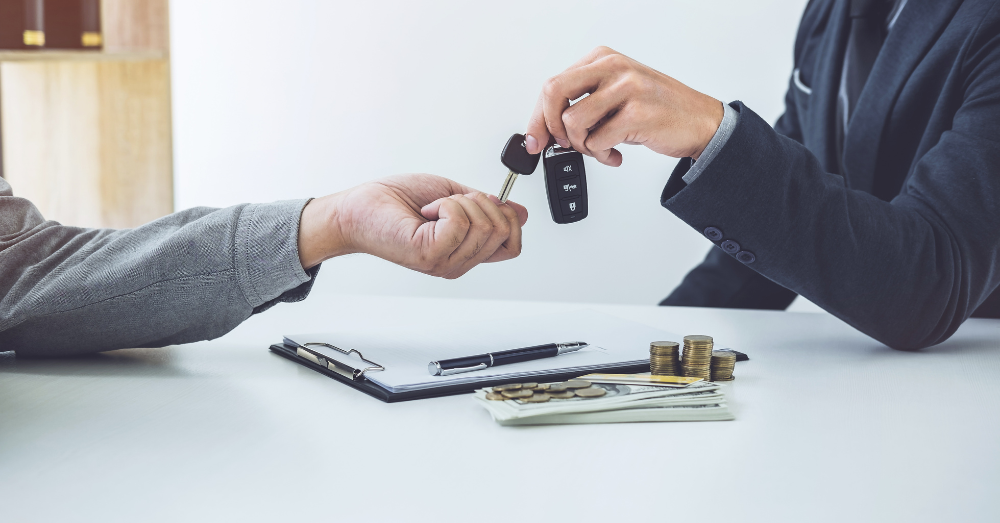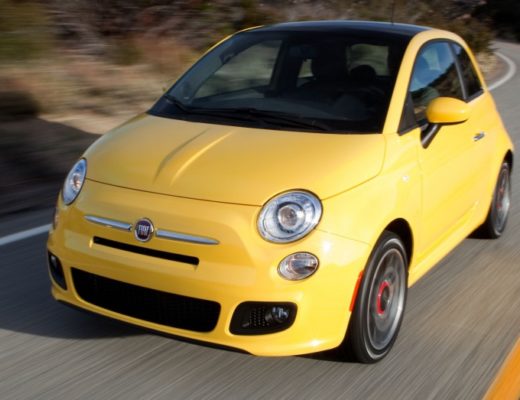Every dealership owner selling to credit-challenged buyers eventually hits this fork in the road. Do you fund the loans yourself, or bring in a third-party lender? There’s no one-size-fits-all answer. Your cash situation, appetite for risk, and long-term plans should drive this decision.
- Buy Here Pay Here means you control everything but need serious capital upfront and handle collections yourself.
- Secondary financing hands the risk to lenders so you can spend your time selling cars instead of chasing payments.
- The best choice depends on your dealership’s financial reality, customer base, and where you want to be in three years.
What Running BHPH Actually Involves
When you operate a BHPH lot, you’re wearing two hats. You sell the car and you hold the loan. Complete control means you decide who gets approved and what terms they receive. Your customer pays you directly, usually weekly or bi-weekly, and you manage everything from payment collection to repossessions when things go sideways.
The financial commitment is real. You need enough capital to stock your lot and carry those customer loans on your books. Most BHPH dealers invest $3,000 to $15,000 per vehicle they acquire. Add specialized loan servicing software and a collections system that keeps money flowing, and you’re looking at a proper operation.
Your typical BHPH customer has a credit score under 660 or no credit file at all. You’ll usually require bigger down payments (around 20% of the selling price) and your inventory leans toward affordable used vehicles. We’re talking reliable transportation that matches what your buyers can realistically pay, not fancy new models with all the bells and whistles.
How Secondary Financing Changes the Game
With secondary financing, you still work with credit-challenged buyers, but you partner with specialized subprime lenders who purchase the contracts. These third-party lenders run credit checks (though they’re way more flexible than traditional banks) and handle monthly collections.
Here’s the process: You submit the buyer’s application through the lender’s system. If approved, the lender advances you funds for the vehicle, you close the sale, and your customer makes payments to the lender from that point forward. You earn dealer participation, which is your cut of the interest rate markup that the lender shares back.
This approach requires less capital because you’re not carrying loans yourself. You can offer a broader vehicle selection, including new cars and certified pre-owned options. The lender absorbs the default risk, freeing you up to do what dealers do naturally: move inventory.
Where the Money and Risk Differ
Cash flow tells the whole story when comparing BHPH vs secondary financing. With BHPH, your money stays locked in customer loans. When buyers stop paying, you eat that loss. Sure, you might repo and resell the vehicle, but you still need constant cash reserves to operate.
Secondary financing moves faster. You get funded within a day or two after the sale, letting you restock quickly and keep your lot full. The lender takes the hit when customers default. You earn less per deal compared to collecting full interest on BHPH loans, but you skip the collection headaches and the financial exposure of holding bad paper.
The Collections Question Nobody Wants to Talk About
This matters more than most dealers admit upfront. BHPH operations need dedicated staff calling customers, tracking late payments, and handling repos. That’s time and energy pulled away from selling.
When you work with subprime lenders, their collections team handles that entire mess. Your staff stays busy with what actually grows your business: closing deals and serving new customers. For plenty of dealers, that time savings alone tips the scale toward secondary financing.
How to Decide What Works for You
The right model matches your situation. Got deep pockets and the infrastructure to run in-house lending? BHPH gives you maximum control and profit potential per deal. Want to expand your customer base without tying up cash in loans? Secondary financing lets you approve more buyers while keeping your capital available for inventory.
Plenty of smart dealers use both approaches. They might handle smaller loans in-house while partnering with subprime lenders for bigger deals or customers who need newer vehicles. No rule says you can’t mix and match.
What This Means for Your Business
Your financing model should fit your operational reality and market position. BHPH works when you have the capital, systems, and staff to manage lending operations. Secondary financing makes more sense when you want volume growth without running your own finance company.
Think about where your dealership stands today and where you want it in three years. That timeline matters more than any generic advice about which model performs better. Both can work. The real question is which one fits your business right now.




